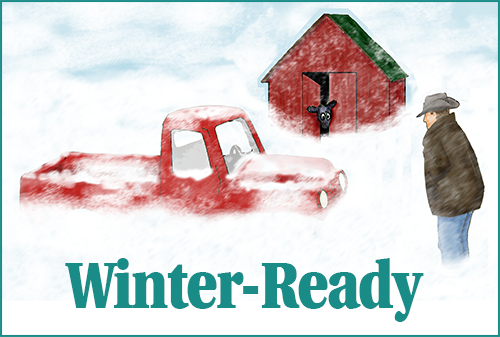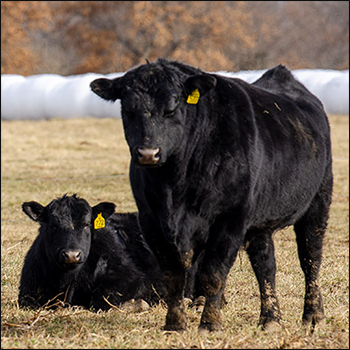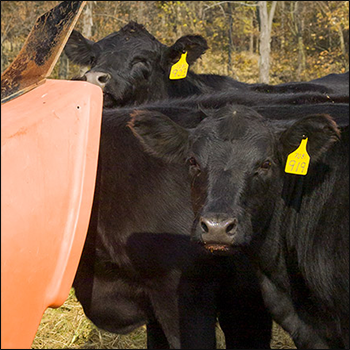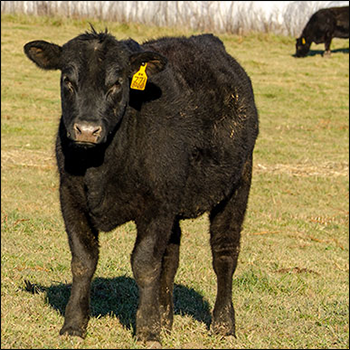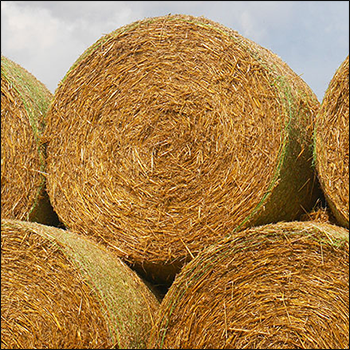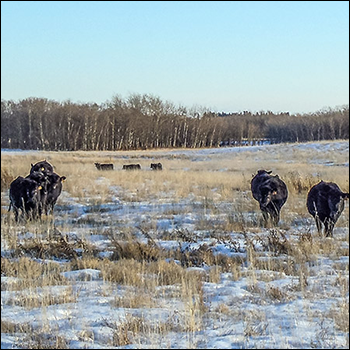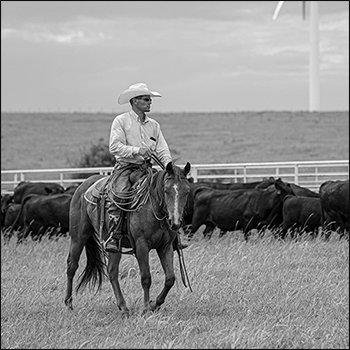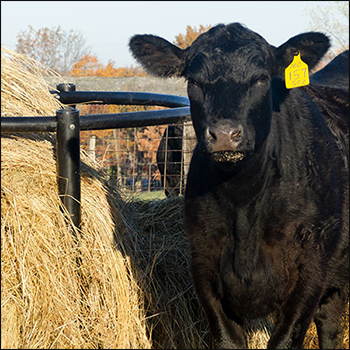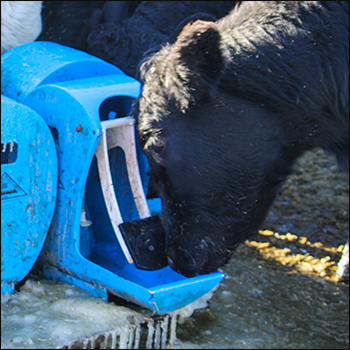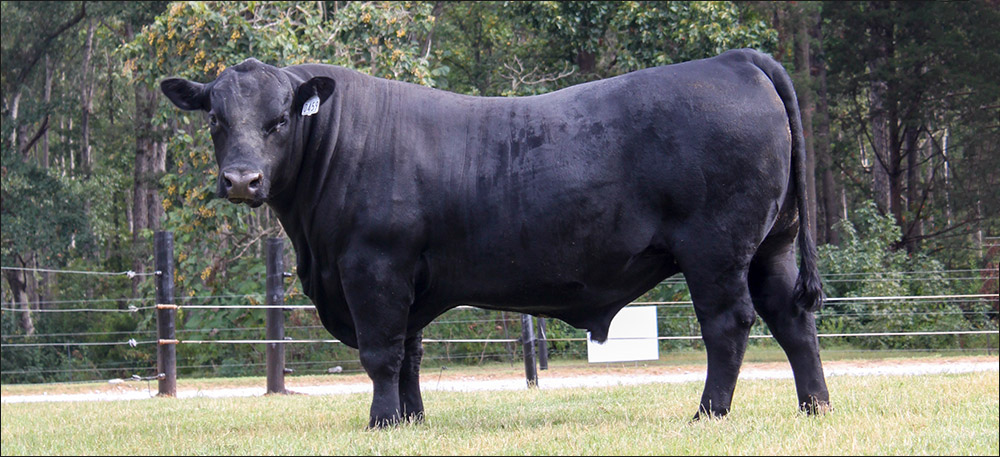
Mating Decisions
One bull likely can’t cover all breeding goals.
Selecting a single bull for a herd with multiple breeding goals might not be the most effective strategy, according to Jennifer Bormann, Kansas State University professor of beef breeding and genetics. She spoke to producers June 23 at the 2021 Beef Improvement Federation (BIF) Research Symposium & Convention in Des Moines, Iowa.
Consumers care about qualities such as tenderness, juiciness, flavor and portion size. The retailer, wholesaler and packer pay attention to those, as well as quality grade and yield grade. The feedlot must take into consideration feed efficiency, health and disposition in addition to all the aforementioned qualities. Finally, the commercial cattleman cares about all of these things, along with traits that are beneficial for their breeding program.
“Our producers have a whole list of traits they care about, so how do they select and make progress?” Bormann said. “We often try to find one bull to do it all.”
That is not the best strategy, said Bormann, noting it would be impossible to find a single bull that is above average in every trait. The first step for producers in improving their breeding program is defining the goal of their operation and the traits that affect profitability.
“Producers should consider separating their maternal and terminal mating decisions, which will give them more flexibility,” Bormann said, pointing out that the beef industry has not done a great job of this in the past.
She suggested one of the best breeding systems to take advantage of breed/line complementarity is the static terminal system, in which two pure breeds are crossed to produce F1 progeny for a terminal end point. The problem with this system is that it requires producers to purchase females for their herd.
“The roto-terminal system might be a better option for producers,” Bormann said.
The goal of the roto-terminal system is to divide the breeding herd in half. The first half would be bred to maternal-line/cross bulls, and the heifers would be kept to breed back. The other half of the breeding herd would be mated to a terminal sire, and none of the heifers would be kept.
There is one inefficiency with this system. There will be bull calves born in the half of the herd that is producing replacement heifers. Bormann gave a couple of solutions to combat this challenge.
Synchronizing and artificially inseminating cows with sexed semen could help. This would allow producers to target their breeding program more specifically within the roto-terminal system.
While a single bull cannot do it all, simply separating mating decisions and using technology can allow producers to have multiple breeding objectives.
Find more coverage of the 2021 BIF Symposium in the Newsroom and on the Awards page at www.bifconference.com.
Editor’s note: Photo by Kasey Brown.
